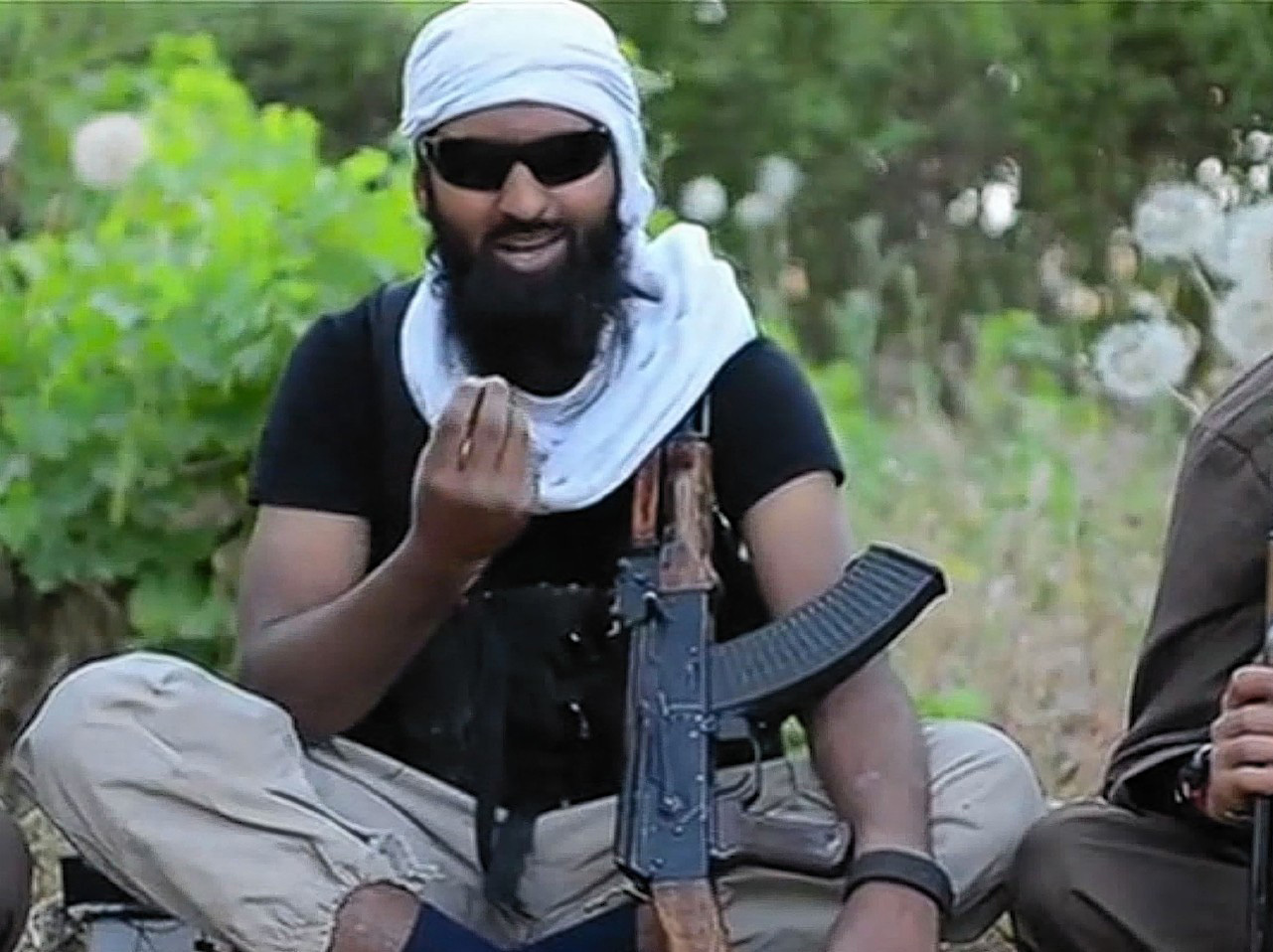
Except this simple, black type document is a passport to terror: the form filled in by a Scot who wanted to join the murderous ISIS fanatics.
Abdul Raqib Amin was schooled here, first at Sunnybank Primary and later at St Machar Academy in Aberdeen.
To all outward appearances he was a football-loving youngster, who enjoyed larking about with his pals and living life to the full.
Fast forward a couple of years and the keen cricketer had become warped, filling in a form to tell his would-be ISIS commanders he wanted to be a fighter, bringing fear and terror to the streets of Britain.
The document was among a tranche of ISIS application forms leaked last week.
The Sunday Post unearthed it, verified it and had it translated – laying bare a chilling snapshot of how the death cult has grown to become an industrial-scale terror machine.
The form asks if an applicant wants to become a suicide bomber; it asks how they got into the country, and what they know of Islam.
But, crucially, it also lists the name of the person who groomed and radicalised them for a life of murder.
In the case of Amin, The Sunday Post can exclusively reveal it was Omar Bakri, who acts as a referee on his application.
Bakri, 56, has been blamed for radicalising a number of British jihadists with race hate rants, including Michael Adebolajo and Michael Adebolawe, who murdered Fusilier Lee Rigby outside army barracks in Woolwich in south east London.
The radical preacher has been banned from the UK since 2005 for his warped religious world view, which includes justifying killing women and children.
The fact he’s named as Amin’s recruiter is sure to be of enormous interest to British intelligence operatives, who see the stash of leaked documents as a treasure trove of information.
Indeed, for the first time ever, this simple typed sheet laid out in Arabic, and carrying the black ISIS flag, paints the fullest possible picture of how Amin was groomed for service with ISIS – ultimately leading to his death via a precision drone strike in August last year.
It shows he was able to join ISIS by sneaking into the country via a refugee camp on the Turkish/Syrian border.
The huge camp near the village of Atma sprung up to shelter people fleeing fierce fighting in Syria’s brutal war.
But in 2013, Amin – who was also known by the noms de guerre of Abu Bara al-Hindi and Abu Bara – used it to enter the war-ravaged country and link up with his new paymasters.
Amin’s paperwork says he was helped over the border by someone called Abu Mansour Al Mograbi.
We have been unable to find out any information on Al Mograbi.
But one name that jumps out on Amin’s form is the name Omar Bakri, who acts as the referee.
His name appears as a grisly guarantor for would-be jihadis on nearly 20 application forms.
Cardiff-born Reyaad Khan, 21 – killed last year alongside Amin in Raqqa, Syria – also cites the radical cleric as his referee.
Amin’s paperwork also shows how he lists his marital status as single, one of the driving forces pals say was behind him joining ISIS.
Friends have insisted it was the break-up from an unnamed girlfriend which pushed Amin over the edge – and eventually into the clutches of radicals.
After fleeing to Syria, he is said to have texted his friends back home telling them he would “stay there forever” because he had nothing to live for in the UK.
One box on the macabre form asks the former pizza delivery driver whether he would like to be a fighter or a suicide bomber.
He ticked “fighter”. Incredibly, among the reams of leaked documents more than 120 people ticked the other box, indicating they would like to blow themselves up in the name of the organisation.
Amin also lists his former employment as working in a shop, where he no doubt had to fill in a similar form.
The Bangladeshi-born jihadist also describes his religious education as basic in one of the 23 sections that make up the questionnaire.
Ethar Abdulhaq, of Middle Eastern news agency Zaman Al Wasl – which has been investigating the leak – said “The man or men who filled out these forms have a very modest level of education.
“The forms are riddled with spelling mistakes.
“But filling in forms wasn’t the important thing for ISIS. What was important was getting as many people on their books as possible.”
Professor Anthony Glees, of the University of Buckingham’s Centre for Security and Intelligence Studies, said: “These forms show how simple it is to join ISIS.”
Yesterday, German media claimed the names of three of the Paris attackers were also found in the files, believed to date back two years.
At least 64 people with British connections have been identified in the leaked documents.
READ MORE
World on the brink of war against Islamic State
MSPs to call on Scotland to unite ‘as one community’ against terrorism

Enjoy the convenience of having The Sunday Post delivered as a digital ePaper straight to your smartphone, tablet or computer.
Subscribe for only £5.49 a month and enjoy all the benefits of the printed paper as a digital replica.
Subscribe